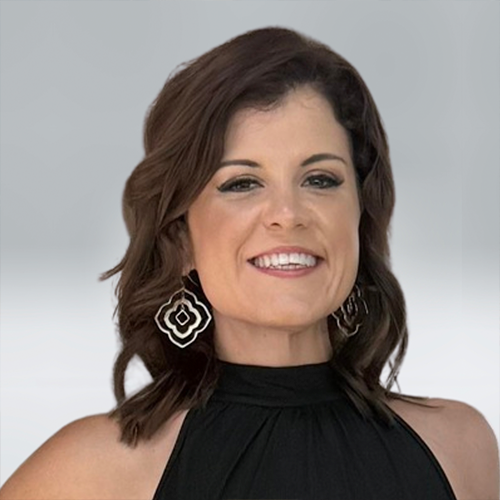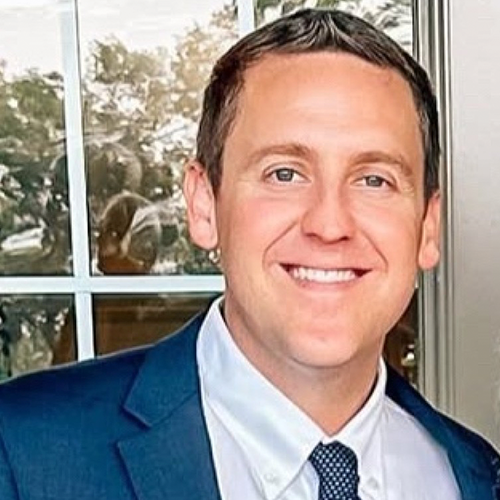Affordability constraints tamped down mortgage activity in July, though non-qualified mortgage (non-QM) volume reached a milestone last month, accounting for a record 8% of total mortgage rate locks.
That’s according to Optimal Blue’s latest mortgage data report, which found that total rate lock volume dipped 3% month over month, with purchase activity falling nearly 5%. An indicator of mortgage demand, a rate lock is an agreement between a borrower and a lender that the interest rate on a loan will remain fixed during the loan processing period.
Mike Vough, head of corporate strategy at Optimal Blue, observed in a press release that year-to-date purchase activity is about in line with 2024’s numbers, which is “generally a disappointment to the industry based on 2025 projections.”
But refinances saw a resurgence last month, with cash-out and rate-and-term refinance locks seeing respective increases of 5% and 7%. Vough attributed the rate-and-term refinancing gains to borrowers responding to “even modest rate improvements,” while the cash-out volume increase indicates some borrowers “may be undergoing some financial stress” and need a cash source.
Get these articles in your inbox
Sign up for our daily newsletter
Get these articles in your inbox
Sign up for our daily newsletter
Vough sees the uptick in non-QM loans reflecting a “market shift toward nontraditional financing solutions as borrowers seek flexible qualification paths.”
Non-QM loans do not need to meet the stricter criteria set by the Consumer Financial Protection Bureau for purchase by government-sponsored enterprises (GSEs) Fannie Mae and Freddie Mac or the federal government. For example, a self-employed borrower may be able to obtain a non-QM loan with 1099s or bank account statements instead of traditional W-2 income documentation.
According to Optimal Blue, conforming loans eligible for purchase by Fannie and Freddie accounted for 52.2% of all mortgage rate locks in July, a 0.78% decrease from June. Nonconforming loans — which include non-QM and jumbo loans with balances exceeding the GSE limits — rose 62 basis points to a 16.8% rate lock share.
Optimal Blue ascribes the shift toward nontraditional financing in part to increased borrower debt and a growing openness among lenders to pursue alternative forms of income verification.




















































